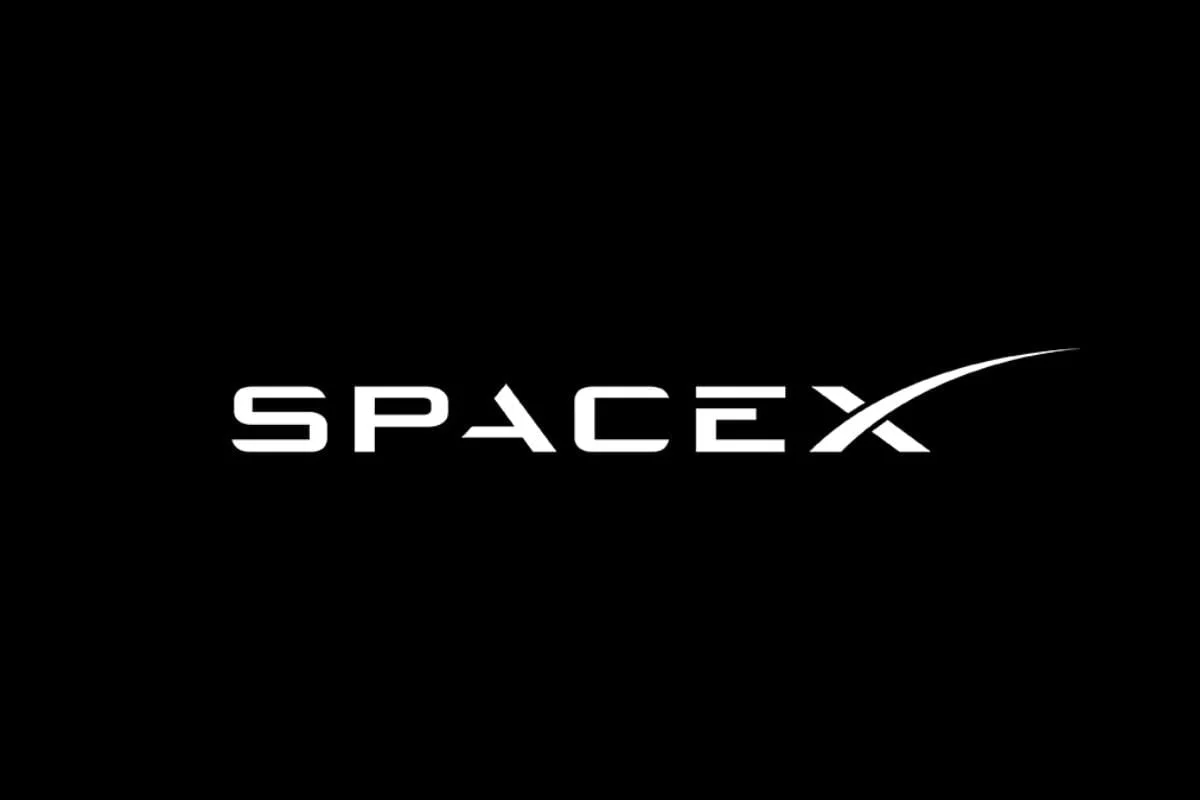
SpaceX has launched a new batch of 56 Starlink broadband satellites into orbit, marking its 31st successful orbital mission this year. The launch took place early Sunday morning (May 14) at 1:03 a.m. EDT from the Cape Canaveral Space Force Station in Florida, with the Falcon 9 rocket lifting off and deploying the satellites to low Earth orbit. The Falcon 9's first stage successfully returned to Earth and landed on the SpaceX droneship, marking the 11th successful launch and landing for this particular booster.
The 56 new Starlink satellites will be joining the growing constellation of broadband mega-constellation, which now has nearly 4,400 satellites. Of these, over 4,000 are currently active, and the company continues to add to its fleet with each successful launch.
Sunday's launch was the 29th Falcon 9 flight of the year and the third orbital mission launched by SpaceX's powerful Falcon Heavy rocket. This highlights the company's commitment to delivering a reliable and cost-effective space launch service to its customers with Starlink.
Read More - Starlink Internet Now Available on Brightline Trains, a First in the World
The success of SpaceX's mission is a testament to the company's continued advancements in reusable rocket technology. By landing the Falcon 9's first stage back on Earth, the company is able to save significant costs and resources on each launch. SpaceX CEO, Elon Musk, has previously stated that this technology is key to achieving his goal of making space travel more accessible and affordable.
The launch of the new Starlink satellites will bring high-speed internet to even more areas around the world, particularly in remote and rural regions where traditional broadband infrastructure is not available. This is a significant step towards bridging the digital divide and ensuring that people everywhere have access to essential communication and information services.
SpaceX's latest successful launch and landing is a significant achievement for the company and the space industry as a whole. It marks another step towards making space travel and satellite technology more accessible and affordable for everyone.















